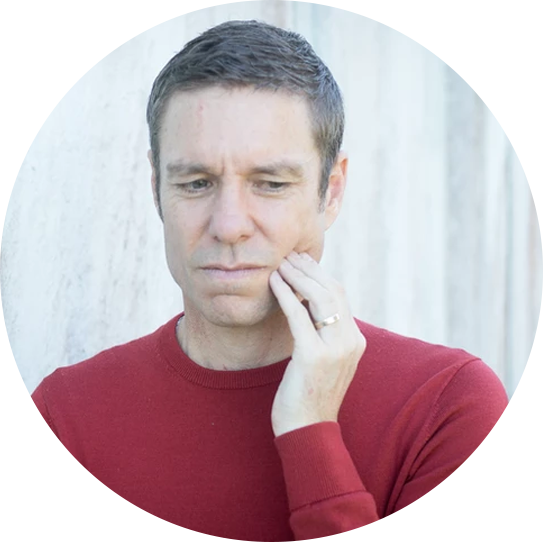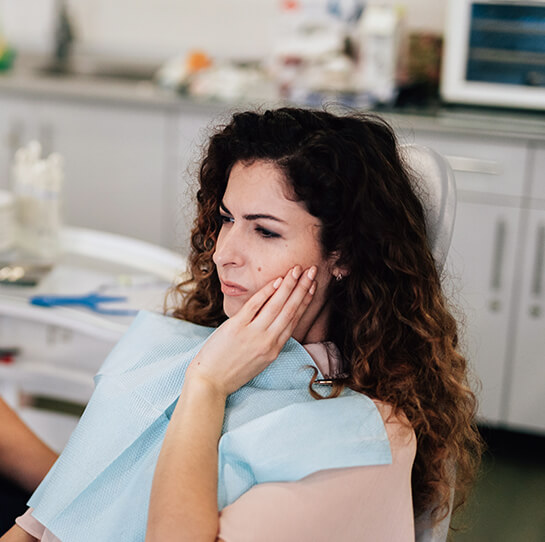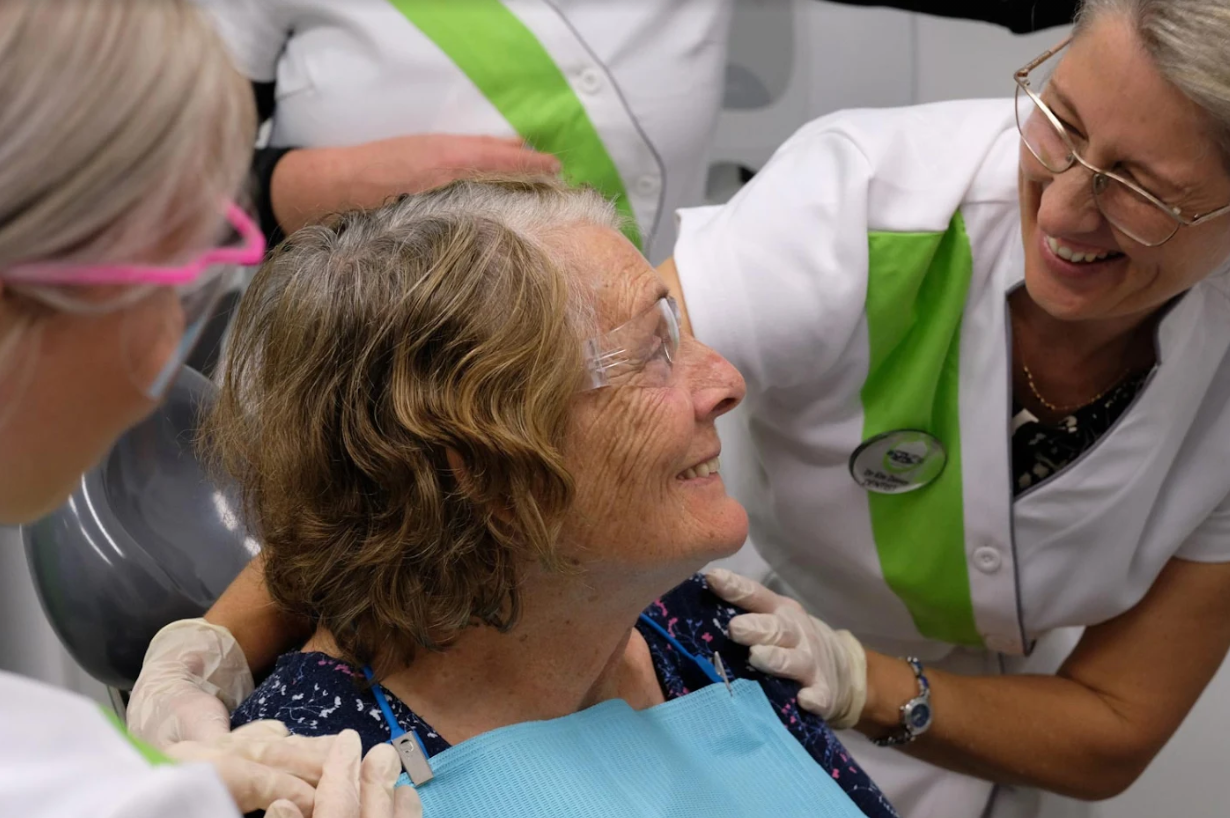Slight sensation when brushing or scratching the tooth. Reactive to cold.
You may be suffering dentine hypersensitivity, caused from loss of enamel. Dental enamel is the very hard protective coating covering each tooth. It is formed in early childhood and does not replenish over a lifetime. Once the tooth has lost enamel, it is gone for good. Teeth can lose enamel from grinding (including brushing too vigorously), bacterial attack (dental decay), acid erosion (from acidic fluids like lemons, cola’s and stomach acids), and from receding gums.

Pain could be short and sharp, like a “zing” when biting on a certain spot.
A cracked tooth will zing with pain because the nerve is being triggered as the crack is activated. Teeth do not repair themselves very effectively, and once a crack starts, it usually gets worse. The aim of treatment is to remove the cracked portion of the tooth, and cover over the gap. Cracks can be unpredictable. The sooner the diagnosis is made, the simpler the treatment can be. If a tooth is cracked beyond requiring a simple filling, a crown may be advised. A crown will embrace the tooth to help support the fracture.
If the pain is quite intense, the crack may have propagated to the pulp causing pulpitis. Pulpitis can recover if attended too quickly enough, or it can end up as a traumatised nerve that does not recover. If the tooth sensitivity has become tooth pain, then see below.
Alternatively pain may be more diffuse or dull and lingering for hours. The tooth is tender to press or tap. If the tooth is loose there could be a gum infection.
Bacteria are usually to blame for a toothache. Whether they have entered the tooth via a crack, a leak in the filling, or from dental decay, once they are near the pulp, the tooth will ache. There are degrees of aching:
Pain to eating – Food or sugar or drinks cause the pain, but the pain goes away quickly. Bacteria feed on sugar and carbohydrates. If there are gaps or holes in the tooth where food can get stuck, decay can occur. The sooner the bacteria can be removed and a filling placed, the better the chances that the tooth can recover. The lower the pain level, the better the chance of a successful filling. If the bacteria are too far into the tooth, the pulp will become inflamed and no amount of filling will save the tooth. Sometimes a filling is placed to wait and see if the tooth recovers. If pain persists, see your dentist.
Pain to cold – Cold water (no sugar)
Cold sensations is the body’s way of letting you know there is a problem. If the reason is a loss of enamel on several teeth, the diagnosis would be sensitivity.
Teeth can also become cold sensitive when the nerve is traumatised – either from dental decay, leaking filling or a cracked tooth. There is a good chance the dentist can save the tooth because a cold reaction is a mild symptom. The news is not so good for hot reactions.
Pain to hot – Foods or drinks
When the pulp of the tooth becomes infected, it can either be an intense pain requiring pain killers, or it can be a more dull, diffuse pain. The reaction to hot is believed to relate to an expansion of gas that may be trapped inside the pulp. As the gas expands it pressurizes the nerve and creates pain. Gas could come from the bacteria trapped inside the tooth. These bacteria will need removing – either by venting the tooth and cleaning out the pulp canal, or by removing the tooth completely.










